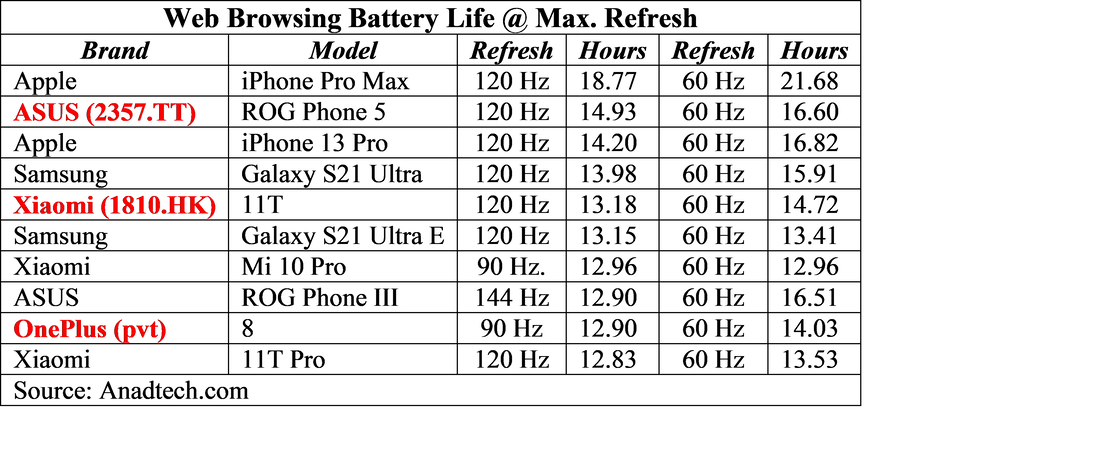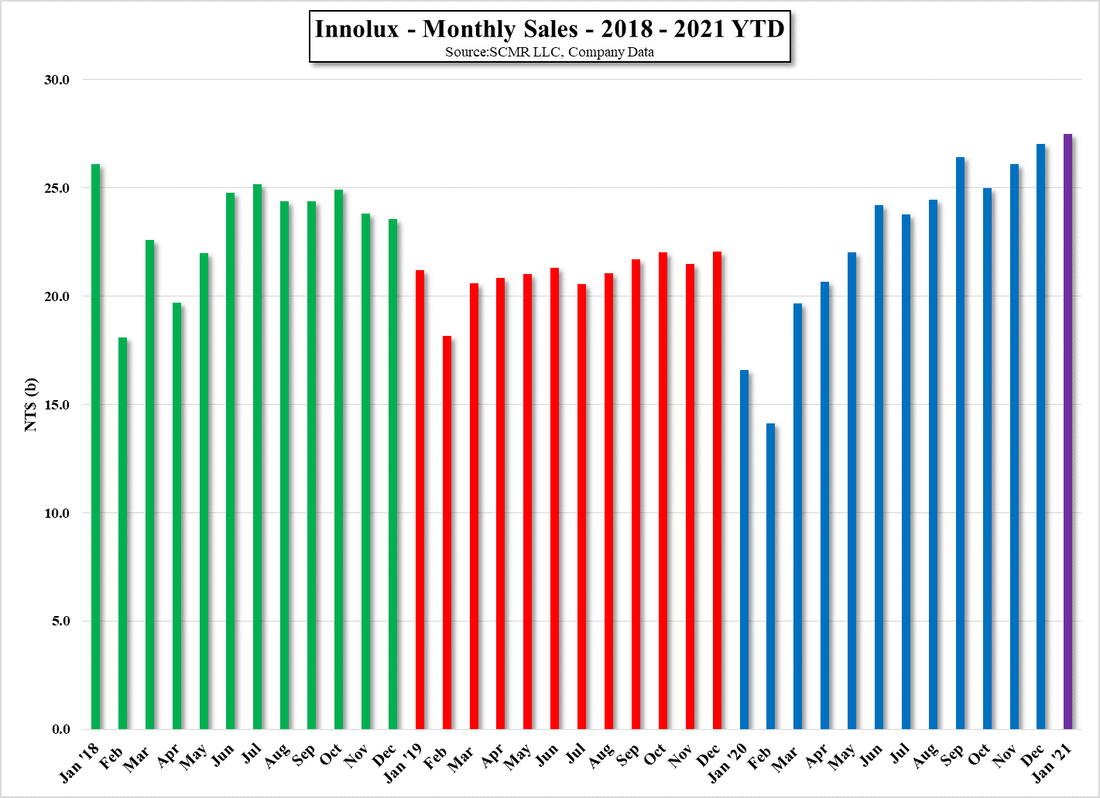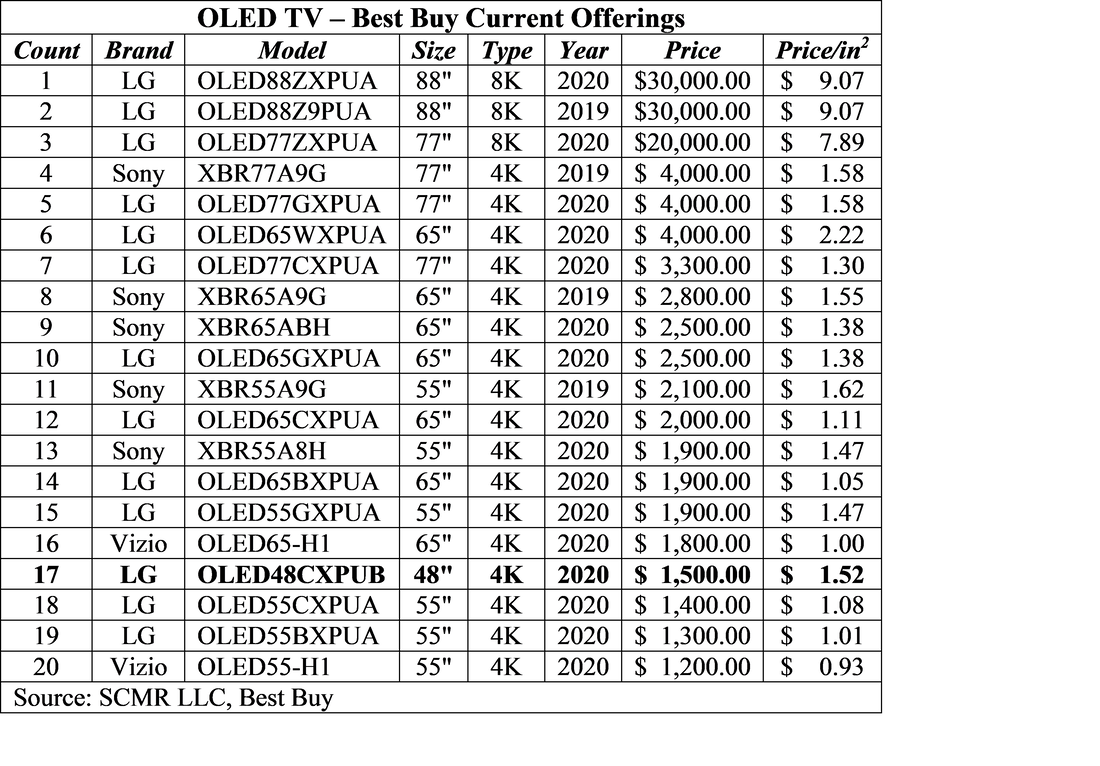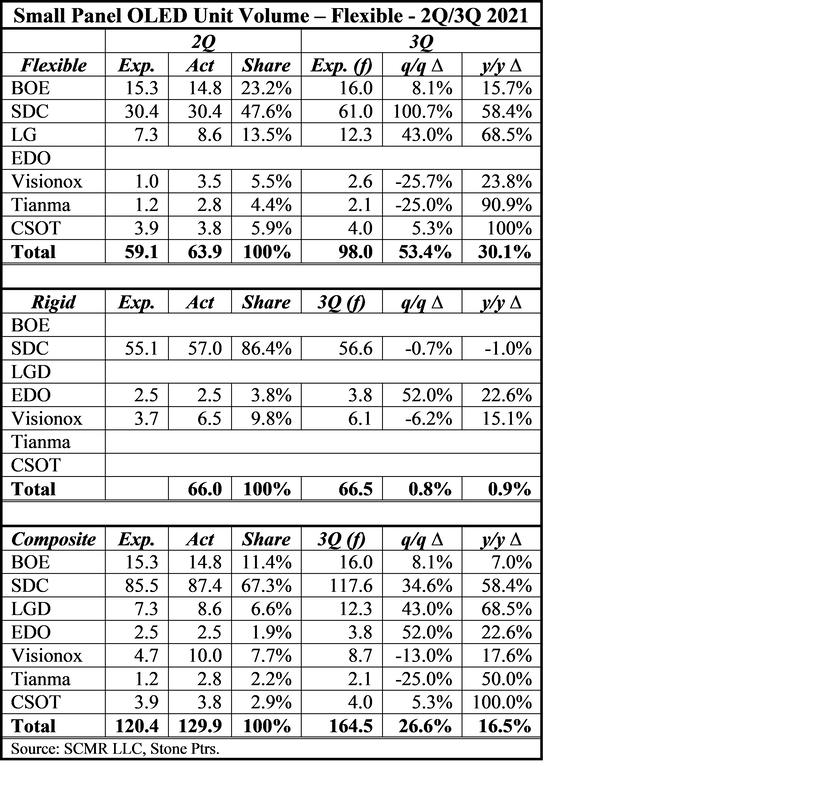September Panel Price FinalLast month TV panel prices were the focus of attention as prices fell for the 2nd month by over 10%. We expected a continuation of that decline in October, which was the case, although a bit less than we had expected. IT panel prices (Monitors, Notebooks, Tablets), which we had expected to be flat, were weaker than our estimates, which is concerning considering that panel producers have been shifting capacity toward IT for the last few months. The panel price reductions in IT were relatively small, especially when compared to TV panel price reductions, but without price increases in IT to offset some of the weakness in TV panel pricing, the industry must see increasing overall demand or face declining sales. Some panel producers have cut back large panel production to match lower TV demand which will help to alleviate some large panel pressure but will also impact margins in 4Q. We expect a continuation of weaker TV panel prices again in November, which are now down 35.3% from peak but still up 40.5% from the late 2019 low. On an overall basis the large panel display segment, which includes both TV and IT products (excludes smartphones and wearables), which saw a 2.4% decline in sales in September, will likely see weaker results again in October. Strength from Apple (AAPL), which has helped buoy the small panel OLED space will not do much for the large panel LCD market, so both utilization cuts and weaker panel pricing will continue to pressure October large panel display results. The one positive for the display industry that comes from weaker demand would be logistics, and while costs continue to rise, the necessity to use higher cost transportation to meet delivery deadlines will be reduced. While this would normally be beneficial to display margins, the increasing absolute cost of all transportation, regardless of type, might offset much of that benefit in the current environment, so we expect the net effect to be minimal.
0 Comments
Samsung Display to Add OLED Capacity |
AuthorWe publish daily notes to clients. We archive selected notes here, please contact us at: [email protected] for detail or subscription information. Archives
May 2025
|















 RSS Feed
RSS Feed